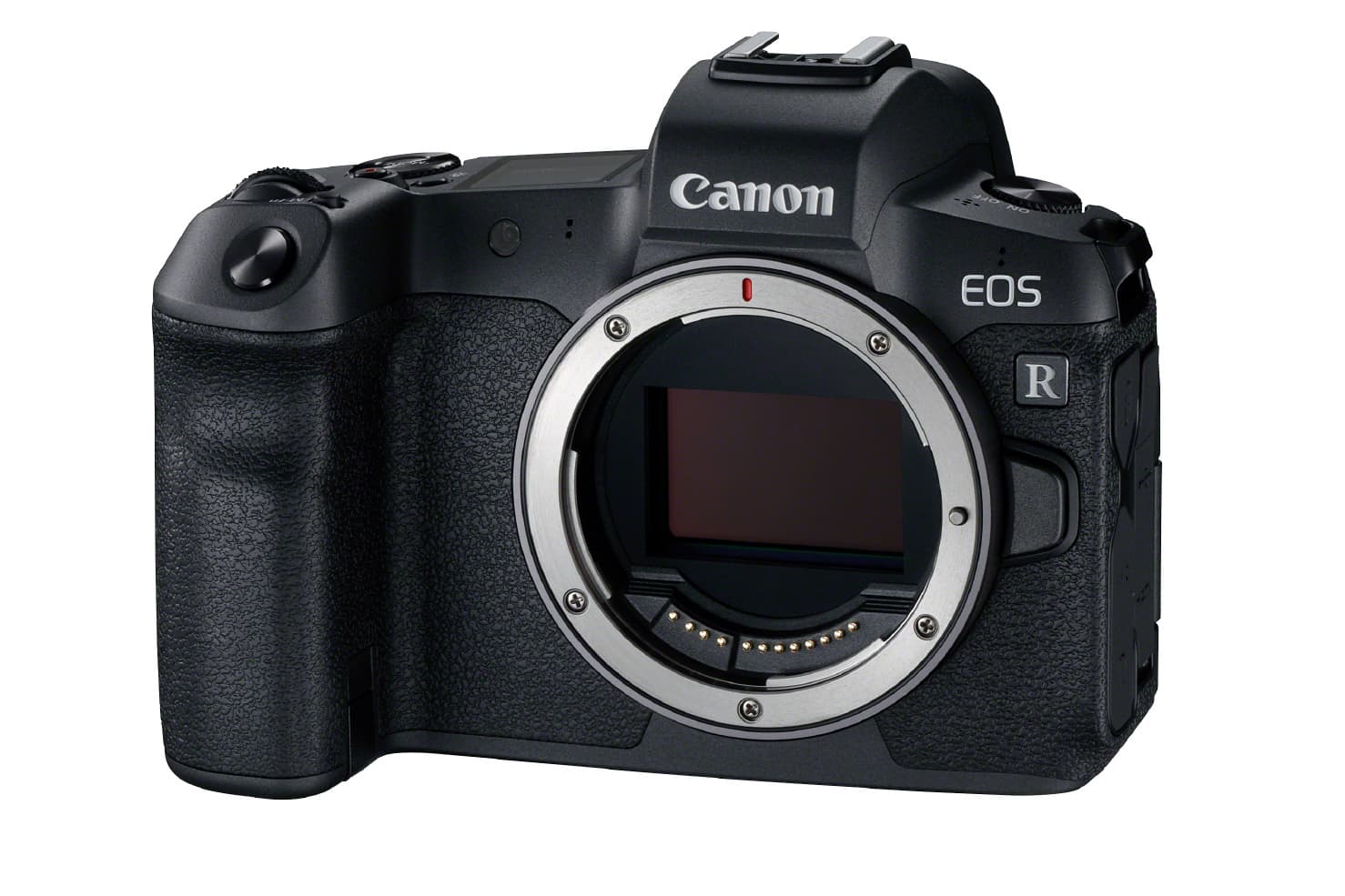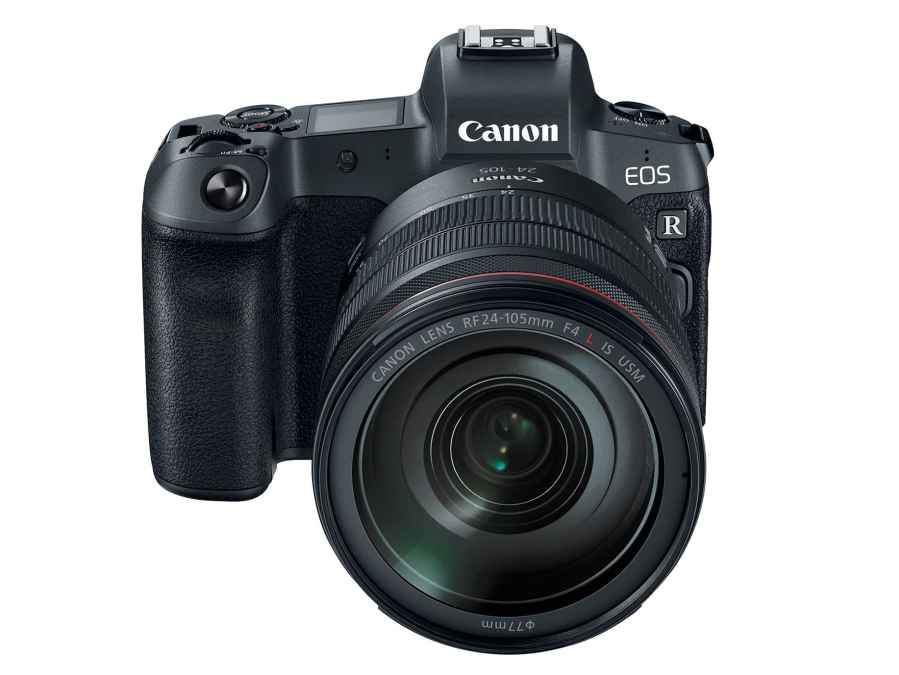So Canon and Nikon now both have full-frame mirrorless cameras. Here’s a quick guide to their main differences and similarities…

Resolution
The Canon EOS R boasts a 30.3Mp full-frame sensor, which pips the 25.7Mp sensor of the Nikon Z6, but is less than the 45.7Mp chip on the Z7. The EOS R is shaping up as more of a rival to the Z6 than the pricier Z7.
Price and availability
The EOS R is available from 8 October and has a suggested retail price of £2,349.99 (body only with mount adaptor). Body-only prices start for the £2,099 for the Nikon Z6 and £3,399 for the Z7. While the Z7 is available now the Z6 wont be available until late November.
 Autofocus
Autofocus
On-chip phase detection is used on both the EOS R and the Nikon Z series. Canon is trumpeting 5,655 focus points, but this high number needs to be seen in context – it refers to the number of theoretical focus point positions you can locate when using the free location control. Nikon, however, is quoting the number of selectable focus points when the camera is selecting between them. The Nikon Z series also has a joystick for setting AF, which some users find more intuitive.
ISO range
The Canon EOS R has an ISO range of 100-40,000, which goes up to ISO 102,400 in expanded mode. The Z6 has a bigger native ISO range of 100–51200, but the higher resolution Z7’s native range is 64–25,600.

Stabilisation
Here is one key difference. Nikon has in-body image stabilisation, while Canon doesn’t – you’ll have to use stabilised lenses. Nikon’s in-body system works in conjunction with lens stabilisation, too.
Continuous shooting speed
Nikon again has the edge here. The Canon EOS R offers 8fps continuous shooting, which falls to 5fps with continuous AF tracking. This compares to 9fps for full 14-bit RAWs on the Z7, and 12fps on the Z6, which is more of a direct competitor to EOS R. Remember, though, that the EOS R has higher resolution.
Rear screen
Again, key differences start to emerge around the back. Canon has a fully articulated rear screen, while Nikon Z series is tilt only, which reduces its versatility when out shooting.

Lenses
When it comes to new lens choice and lens mount flexibility, Canon is making the headlines. It has announced some interesting-sounding lenses to go with the EOS R, including a fast f/1.2 50mm (Nikon is promising an f/0.95 50mm but it’s likely to be bigger and more expensive). Another intriguing lens is Canon’s 35mm f/1.8 IS macro, which will be close-focusing and relatively compact. There will also be a customisable control ring on Canon’s new lenses, and any Canon SLR lens can be used on the EOS R.
Storage
While the Canon EOS R doesn’t have dual card slots either, it does take the cheaper and more widely used SD cards. Nikon’s XQD cards have the potential to be much faster, and they feel more robust than SD, but they are pricey. Look out for a full review of the Nikon Z series and Canon EOS R in AP soon.
For more details on the Canon EOS R see here, while our in-depth first look at the Nikon Z series is here.







